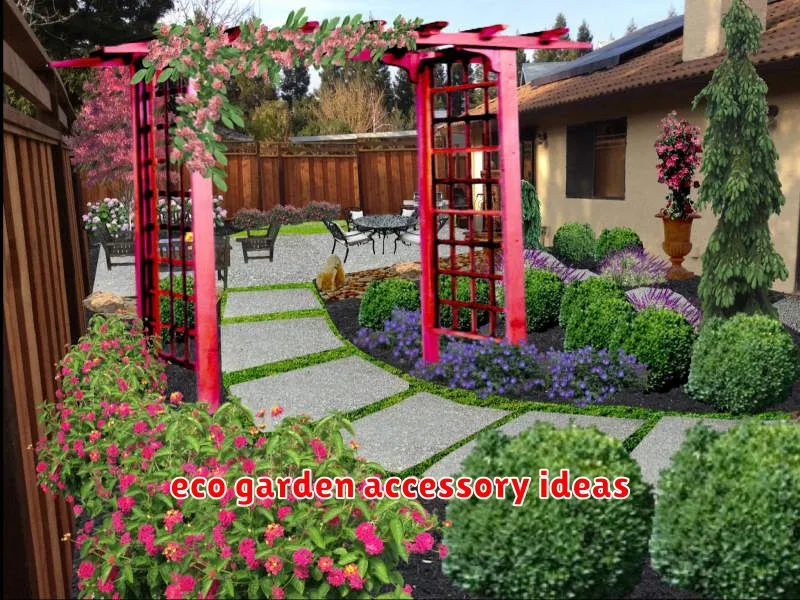Creating a sustainable garden is more achievable than you might think! This article explores a range of eco-friendly garden accessories that will help you cultivate a thriving, environmentally conscious outdoor space. We’ll delve into practical and stylish options for everything from compost bins and watering cans to seed starters and gardening tools, all while minimizing your environmental impact and maximizing your garden’s potential. Discover how to embrace eco-conscious gardening and contribute to a greener future with our guide to sustainable garden products.
Biodegradable Planters
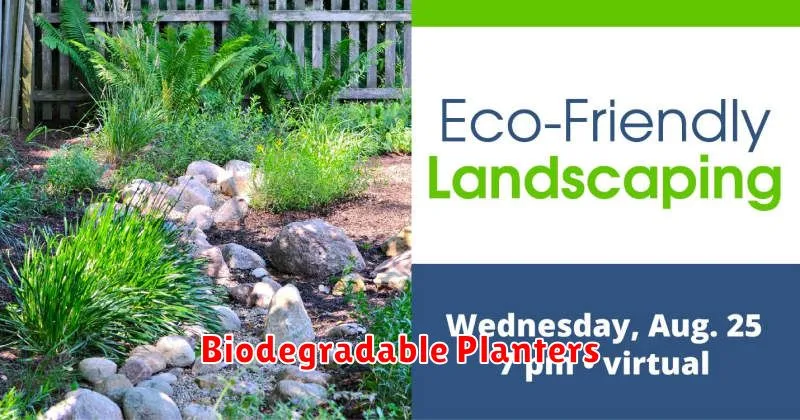
Biodegradable planters offer a sustainable alternative to traditional plastic pots. Made from materials like coconut coir, peat moss, or recycled paper pulp, these planters decompose naturally over time, enriching the soil and eliminating plastic waste. This eco-friendly choice reduces the environmental impact associated with plastic planter production and disposal.
The use of biodegradable planters promotes a circular economy within your garden. As the planter breaks down, its components nourish the plants, providing essential nutrients. This eliminates the need for separate composting of the planter itself, simplifying garden maintenance and minimizing waste streams.
While offering a practical and environmentally conscious solution, it’s important to note that biodegradable planters may have a shorter lifespan than their plastic counterparts. However, their inherent sustainability and contribution to soil health make them a valuable asset for the eco-conscious gardener seeking to minimize their environmental footprint.
Solar Irrigation Systems
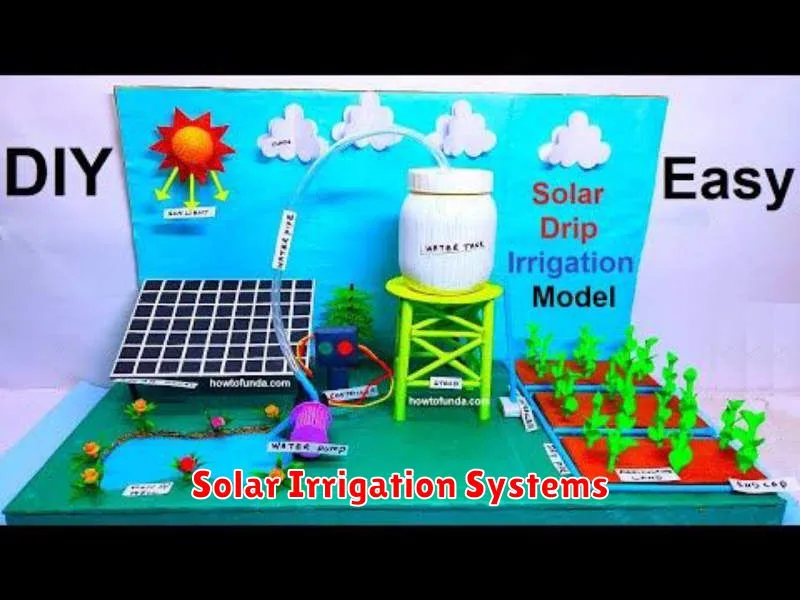
Solar irrigation systems offer a sustainable and environmentally friendly solution for watering gardens and crops. These systems utilize solar panels to power a pump, drawing water from a source like a well or reservoir and distributing it throughout the designated area. This eliminates reliance on the traditional grid-powered systems, reducing carbon emissions and promoting energy independence.
The efficiency of solar irrigation varies depending on factors such as sunlight availability, pump capacity, and system design. However, advancements in solar technology and pump design are continuously improving performance and making these systems increasingly practical for various scales of gardening and farming. Proper system sizing is crucial for optimal results.
The environmental benefits are significant. By reducing reliance on fossil fuels, solar irrigation contributes to a smaller carbon footprint. Furthermore, it can help conserve water through efficient delivery methods and automated scheduling, making it a key component of eco-friendly gardening and sustainable agriculture.
Recycled Plastic Fences
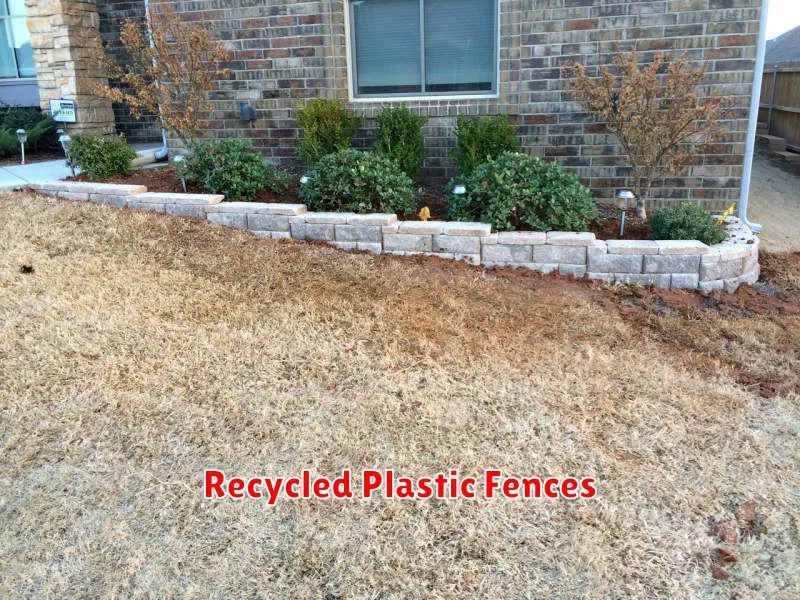
Recycled plastic fences offer a sustainable alternative to traditional wood or vinyl fencing. Made from recycled plastic materials such as milk jugs and plastic bottles, these fences provide a durable and environmentally friendly option for landscaping. Their production reduces landfill waste and minimizes the demand for new plastic production, contributing to a smaller carbon footprint.
These fences boast several advantages. They are highly resistant to rot, insect damage, and weathering, requiring minimal maintenance compared to wooden counterparts. They are also available in a variety of colors and styles, allowing for aesthetic versatility to complement any garden design. The longevity of recycled plastic fences makes them a cost-effective long-term investment.
Choosing a recycled plastic fence is a simple way to integrate sustainable practices into your gardening. By opting for this eco-conscious material, you contribute to environmental conservation while enhancing the beauty and practicality of your outdoor space. The reduced maintenance and long lifespan further contribute to its overall sustainability and value.
Native Plant Borders
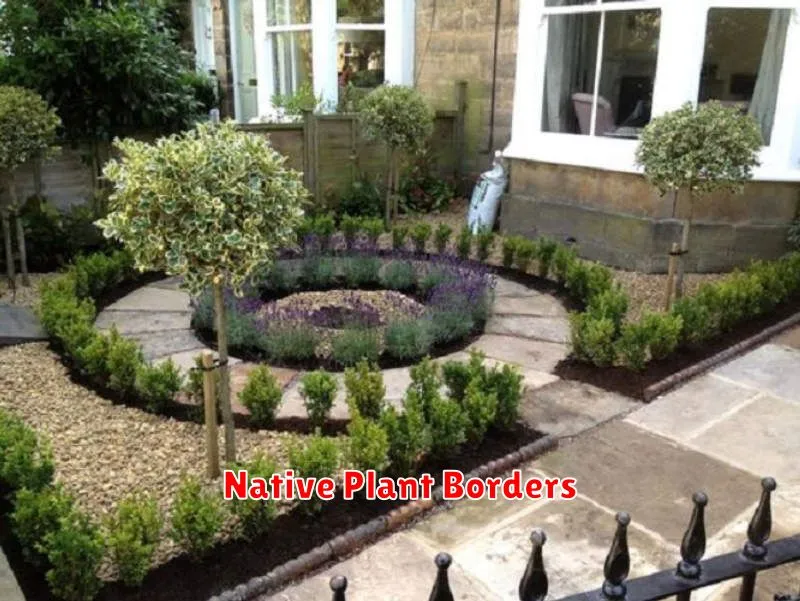
Creating a native plant border offers a sustainable and eco-friendly approach to landscaping. By utilizing plants indigenous to your region, you minimize the need for water, fertilizers, and pesticides, reducing your environmental impact. These plants are naturally adapted to the local climate and soil conditions, requiring less maintenance and promoting biodiversity.
Benefits extend beyond environmental responsibility. Native plants often attract beneficial insects and wildlife, enhancing the ecosystem of your garden. They also provide a unique aesthetic, showcasing the natural beauty of your local flora and offering a visually appealing contrast to traditional landscaping.
When planning your native plant border, consider factors such as sunlight exposure, soil type, and desired height and width. Researching local native species best suited to your specific conditions will ensure the success and longevity of your eco-friendly border.
Compostable Lawn Care Products
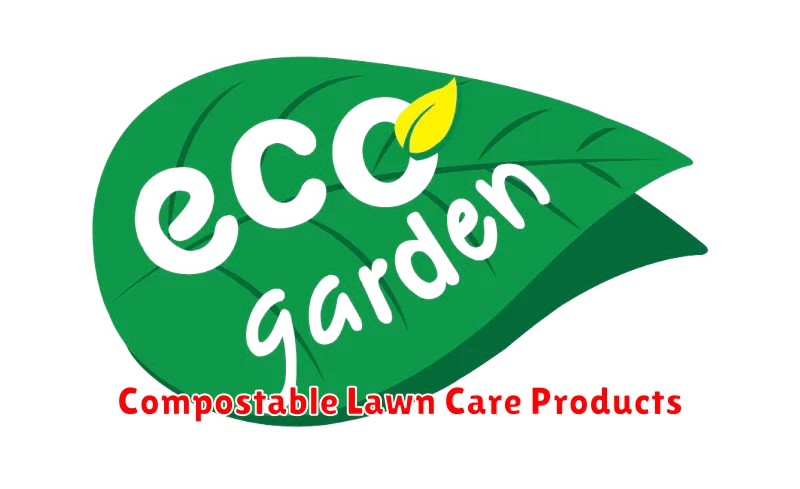
Compostable lawn care products offer a sustainable alternative to traditional chemical-based options. These products, often made from plant-based materials, break down naturally, enriching the soil and minimizing environmental impact. They are a crucial element in creating a truly eco-friendly garden.
Several types of compostable products are available, including fertilizers, mulches, and even some weed control options. Look for certifications like “compostable” or “biodegradable” to ensure the product will genuinely decompose. Always check the specific instructions for proper application and decomposition rates.
Switching to compostable lawn care contributes to a healthier ecosystem by reducing pollution, conserving resources, and improving soil health. This holistic approach aligns seamlessly with the principles of sustainable gardening and eco-friendly living.
Energy-Efficient Garden Lights
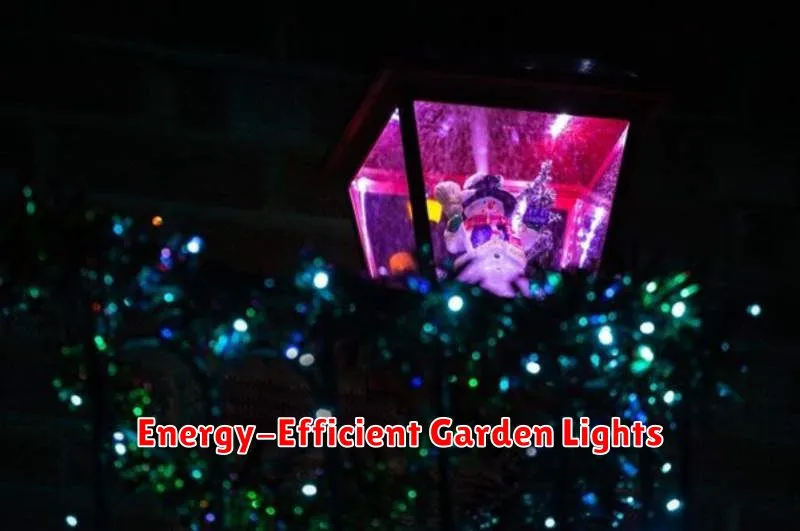
Energy-efficient garden lights are crucial for eco-friendly living. They significantly reduce your carbon footprint compared to traditional incandescent or halogen lights. Look for options utilizing LED technology, known for its low energy consumption and long lifespan. Consider features like motion sensors and automatic timers to further optimize energy use.
When choosing LED garden lights, pay attention to lumens (brightness) and Kelvin (color temperature) to ensure they meet your needs without excessive energy use. Solar-powered LED lights offer a completely renewable energy source, eliminating reliance on the power grid altogether. They are a great sustainable option for illuminating pathways and garden features.
Investing in high-quality, energy-efficient garden lights is a worthwhile investment in both the environment and your wallet. The lower energy bills and extended lifespan of these lights will ultimately save you money while contributing to a greener, more sustainable lifestyle. Careful consideration of features such as brightness, color temperature, and power source will allow you to select the best option for your specific needs.
Rainwater Harvesting Barrels
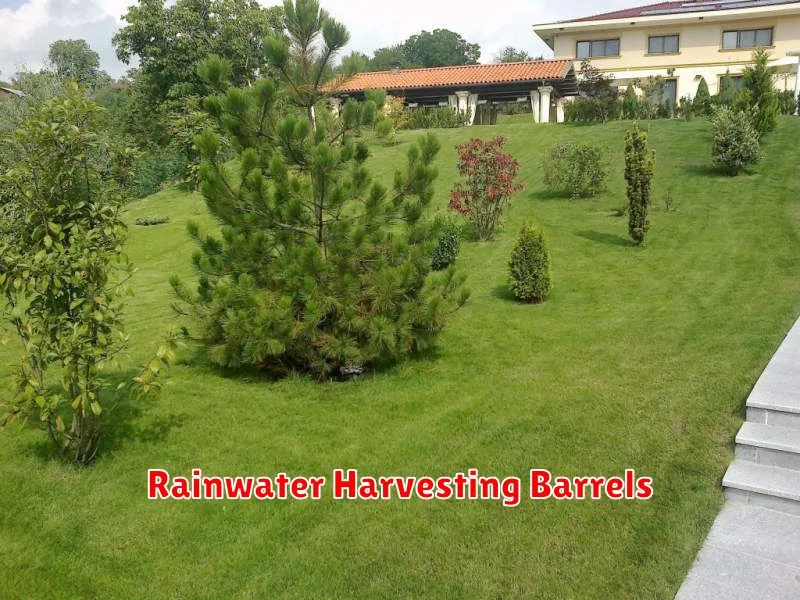
Rainwater harvesting barrels offer a simple yet effective method for sustainable gardening. These barrels collect rainwater from rooftops or other surfaces, providing a free and readily available source of water for irrigation. This reduces reliance on municipal water supplies, conserving precious resources and lowering water bills.
The benefits extend beyond cost savings. Harvested rainwater is naturally soft, lacking the chlorine and other chemicals often found in treated tap water, which can be harmful to plants. This makes it an ideal choice for watering vegetables, flowers, and other garden plants, promoting healthier growth.
Choosing the right barrel size and placement is crucial for optimal effectiveness. Consider your rainfall patterns and the size of your garden when selecting a barrel. Proper placement ensures easy access for filling watering cans or connecting to a drip irrigation system.
Reclaimed Wood Garden Benches
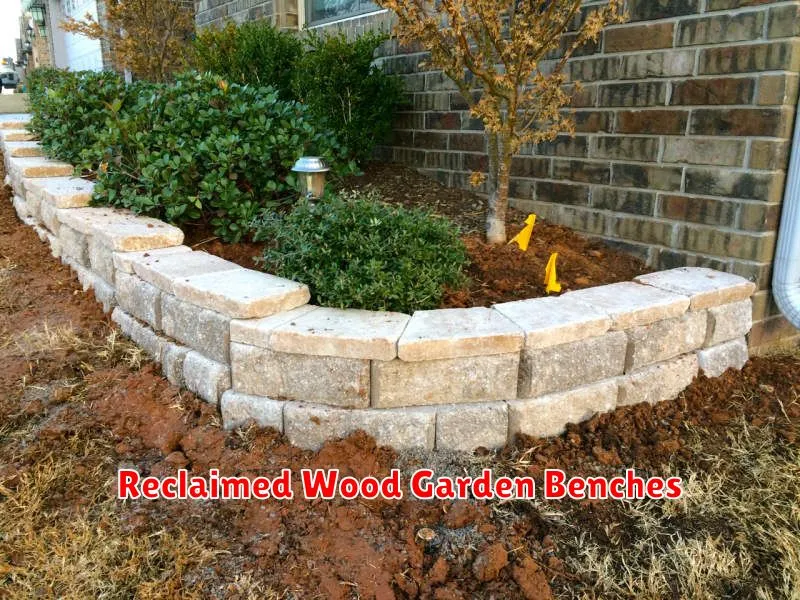
Reclaimed wood garden benches offer a sustainable and aesthetically pleasing addition to any outdoor space. By utilizing wood salvaged from demolition projects or other sources, these benches minimize the environmental impact associated with new lumber production. This process reduces deforestation and lowers carbon emissions, aligning with eco-conscious living principles.
The durability of reclaimed wood is often superior to newly milled lumber, as the wood has already undergone a natural seasoning process. This results in benches that are strong, resistant to weathering, and require minimal maintenance. Furthermore, the unique character of reclaimed wood, marked by its varied textures, colors, and possibly even old nail holes, adds a distinct charm and rustic appeal.
Choosing a reclaimed wood garden bench contributes to a circular economy, promoting responsible resource management and reducing waste. The inherent beauty and longevity of these benches make them a worthwhile investment for environmentally conscious homeowners seeking stylish and sustainable garden furniture.
Vertical Garden Towers
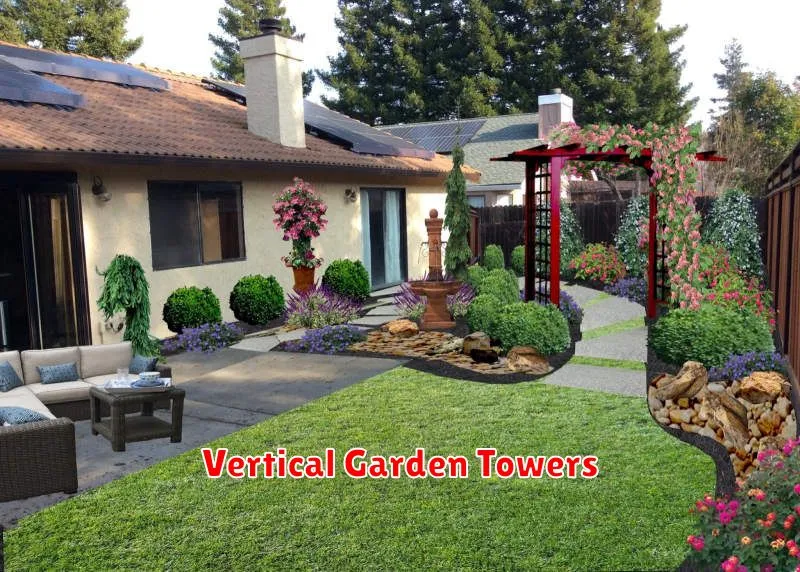
Vertical garden towers offer a space-saving and aesthetically pleasing solution for urban gardening and eco-conscious living. These towers utilize vertical space to maximize plant growth, allowing for a greater yield in a smaller footprint compared to traditional gardening methods. They are particularly beneficial for those with limited outdoor space, such as apartment dwellers or individuals with small yards.
Construction materials for vertical garden towers vary widely, ranging from recycled materials like plastic bottles and pallets to purpose-built structures using sustainable timber or metal. The choice of material influences both the tower’s aesthetic appeal and its longevity. Proper drainage is crucial for the health of the plants, and various designs incorporate self-watering systems or strategically placed drainage holes to prevent root rot.
The environmental benefits are numerous. Vertical towers reduce the need for extensive land usage, promote biodiversity by supporting a variety of plant life, and can contribute to a more sustainable lifestyle by providing homegrown produce. Furthermore, they can improve air quality and contribute to a visually appealing, greener environment.
Natural Stone Path Edging
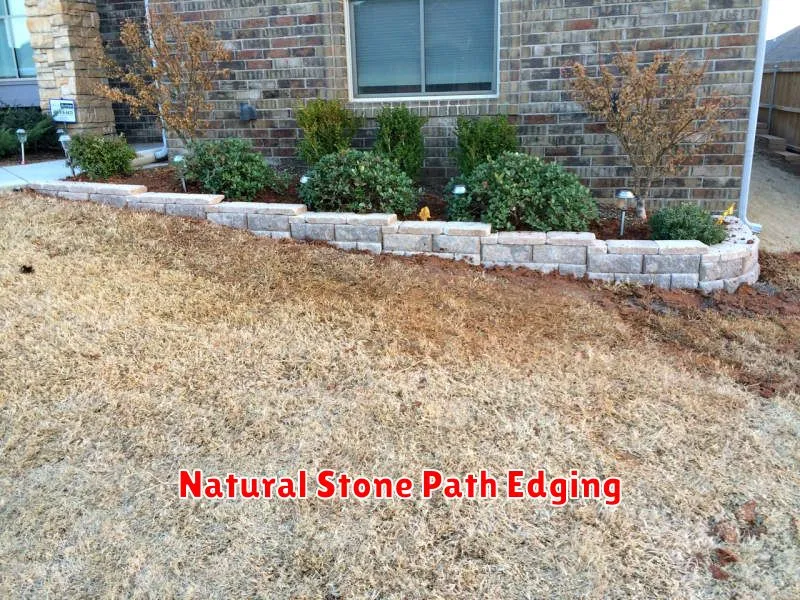
Natural stone path edging offers a sustainable and aesthetically pleasing alternative to synthetic materials. Options such as flagstone, slate, and river rock provide durable boundaries for garden pathways while minimizing environmental impact. Their natural beauty complements various landscaping styles, enhancing the overall garden aesthetic.
The durability of natural stone ensures longevity, reducing the need for frequent replacements often associated with less resilient materials. This contributes to a lower carbon footprint compared to frequently replacing plastic or composite edging. Furthermore, many stones are locally sourced, decreasing transportation emissions and supporting local economies.
Beyond its environmental benefits, natural stone edging requires minimal maintenance. Unlike some materials, it resists weathering and decay, maintaining its visual appeal for years with only occasional cleaning. This low-maintenance aspect adds to its overall sustainability and practicality as a garden accessory.

